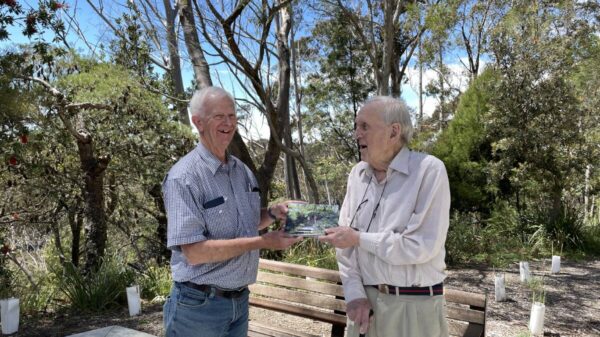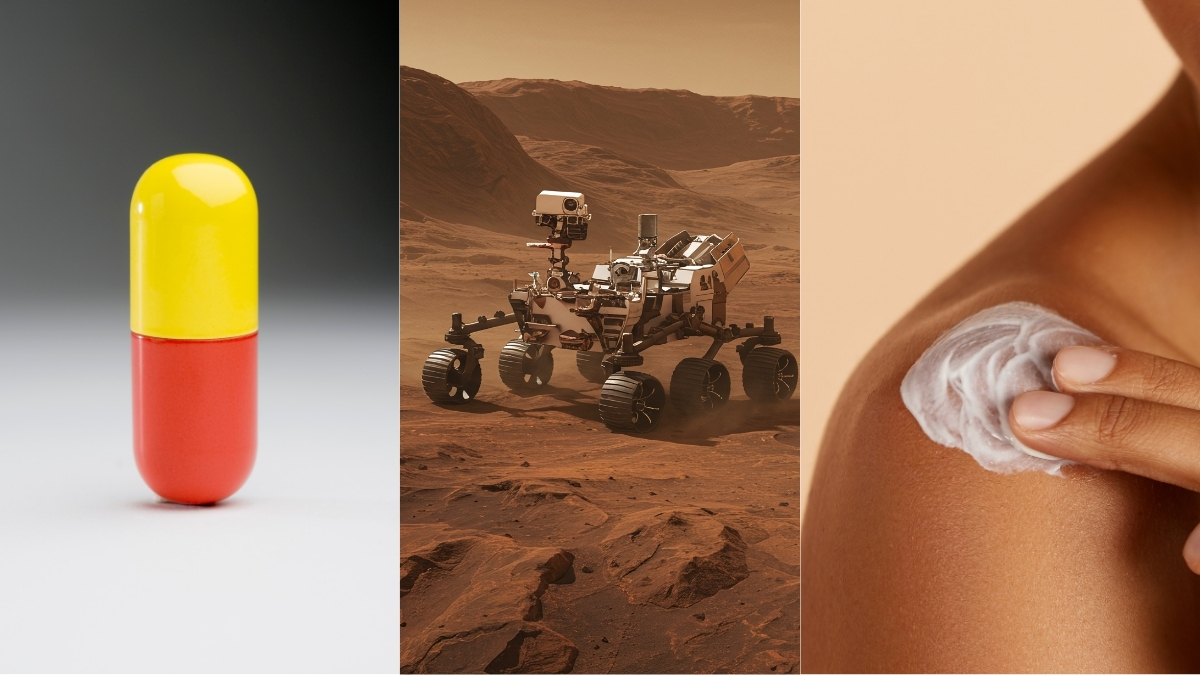This week in science brings significant advancements in diabetes treatment, intriguing discoveries on Mars, and new insights into Alzheimer’s disease. A pill alternative to the diabetes medication Ozempic, as well as a skin cream for insulin delivery, could reshape treatment options for millions. Meanwhile, NASA’s Perseverance rover has made headlines with the discovery of a mysterious rock on Mars, and researchers have made strides in understanding the connection between a common virus and lupus.
New Oral Medication Shows Promise for Diabetes Management
A new drug called orforglipron has demonstrated potential as a pill alternative to the injectable diabetes medication Ozempic. In a recent clinical trial, participants taking the highest dose of orforglipron, 36 milligrams, lost an average of 9.6 percent of their body weight, roughly equivalent to 9.6 kilograms. Those receiving 12 milligrams lost about 7 percent, while the 6-milligram group saw a loss of 5.1 percent. In comparison, the placebo group experienced a modest loss of only 2.5 percent. These results suggest that orforglipron could offer an effective non-injectable option for weight management in diabetes patients.
Another innovative approach to diabetes treatment is emerging from research on a skin cream that delivers insulin. In tests conducted on mice, this topical formulation effectively normalized blood glucose levels within an hour, matching the effectiveness of traditional injections. Furthermore, the blood sugar levels remained stable for up to 12 hours, potentially providing a more convenient and less invasive method for diabetes management.
Scientific Discoveries: From Space to Autoimmune Diseases
Research has also unveiled a connection between the common Epstein-Barr virus and the chronic autoimmune disease lupus. A new study indicates that patients with lupus exhibit a higher rate of infection from a more virulent strain of this virus. Specifically, around one in 400 B cells in lupus patients were found to be infected with Epstein-Barr, a figure that is approximately 25 times higher than in healthy individuals. These findings could pave the way for better understanding and management of autoimmune diseases.
In an exciting development from Mars, NASA’s Perseverance rover has identified a rock that appears to be an alien meteorite. Named Phippsaksla, this 80-centimeter-wide rock is rich in iron and nickel, suggesting it did not originate from Mars. The discovery could provide valuable insights into the planet’s geological history and its interaction with celestial bodies.
In space news, three Chinese astronauts currently aboard the Tiangong space station are facing challenges after their return vehicle was damaged by a piece of space debris earlier this month. The China Manned Space Agency reported that the collision cracked the vehicle’s viewing port, prompting officials to plan a retrieval launch for the astronauts next week.
Finally, scientists have made strides in understanding Alzheimer’s disease, identifying mechanisms through which the condition erodes brain structures crucial for memory recognition. Research led by Lata Chaunsali indicates that preserving these structures in early life may enhance memory retention in those later affected by Alzheimer’s. This discovery could open new avenues for treatments aimed at mitigating memory loss associated with this debilitating disease.
Overall, this week has highlighted significant advancements in medical science and space exploration, demonstrating the ongoing efforts to improve human health and expand our understanding of the universe.





























































